#Cristofano dell'Altissimo
Photo
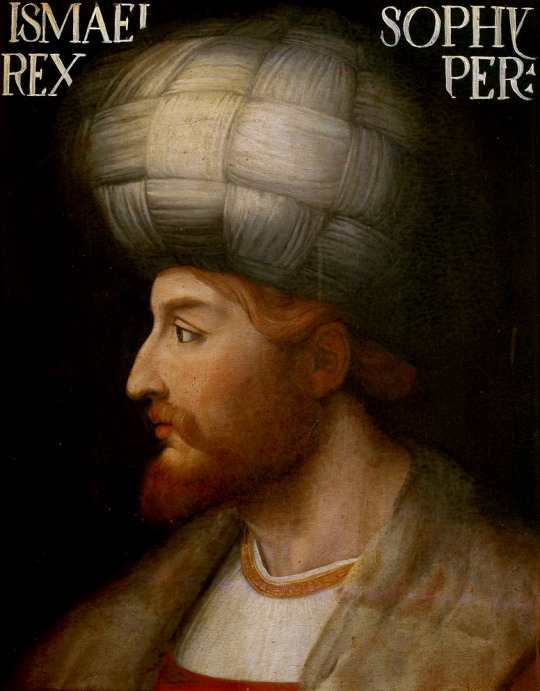
Portrait of Shah Ismail I of Persia (1487-1524). By Cristofano dell'Altissimo.
Ismail I (1487–1524), also known as Shah Ismail, was the founder of the Safavid dynasty of Iran, ruling as its King of Kings from 1501 to 1524. His reign is often considered the beginning of modern Iranian history, as well as one of the gunpowder empires.
18 notes
·
View notes
Text

please appreciate the funniest painting of Ficino (left) and Angelo (right) I've ever seen. Marsilio had blond hair, why is his dark brown? Angelo doesn't look like any other contemporary portrait I've ever seen of him lol. Pico (centre) at least looks a little like Cristofano dell'Altissimo's posthumous portrait of him and that one facial reconstruction from 2008.
This is a detail from Cosimo Rosselli's Miracle of the Sacrament painted from 1485-86 (so very much when all three men were alive. Rosselli could have gone and looked at their faces).
However, in Rosselli's defence, no one seemed able to agree on Marsilio's appearance.
Comparisons

Marsilio is on the far left and Angelo is second from right (Landino is the grumpy guy looking towards the audience and the Greek scholar Demetrios Chalkondyles is the curly haired one on the far right). This is from a detail of Domenico Ghirlandaio's Angel appearing to Zacharias done for the Tornabuoni chapel. This is a contemporary portrait of all four scholars.

Marsilio on a coin from around 1499 (again, contemporary).
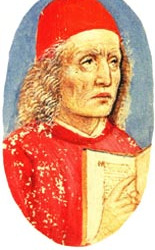
this is an illumination from one of his manuscripts - done when Marsilio was still alive.

another contemporary illumination from one of his manuscripts.
Posthumous Portraits

The famous bust of him by Andrea Ferrucci in the Duomo dates from 1521. Andrea was born in 1465 in Fiesole and while it seems he didn't come to Florence until after Marsilio's death, it's not out of the realm of possibility that he might have seen the man. Not likely, but not impossible.

My favourite engraved portrait of him wherein he is given the MOST haunted eyes is also quite posthumous.
-----
anyway, going nowhere in particular with this. I just saw the Rosselli portrait of Marsilio and was like what?? Did you never meet the man??
#marsilio ficino#angelo poliziano#marsilio blogging#art#renaissance florence#pico della mirandola#giovanni pico della mirandola
13 notes
·
View notes
Text

related to the last post: another portrait of pico della mirandola. gorgeous
(artist who painted this was dell'altissimo cristofano, and the painting is currently held in the uffizi galleries)
1 note
·
View note
Text
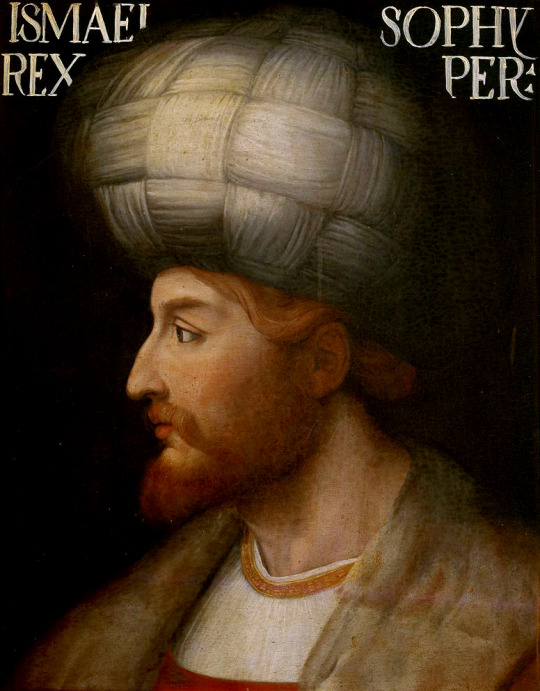
Shah Ismail I by Cristofano Dell'Altissimo
#art#images#image#painting#paintings#oil on canvas#arts#portraits#history#shah#shahansha#persia#iran#iranian#islam#islamism#redhead#red hair#men#sultan#orientalism
8 notes
·
View notes
Text
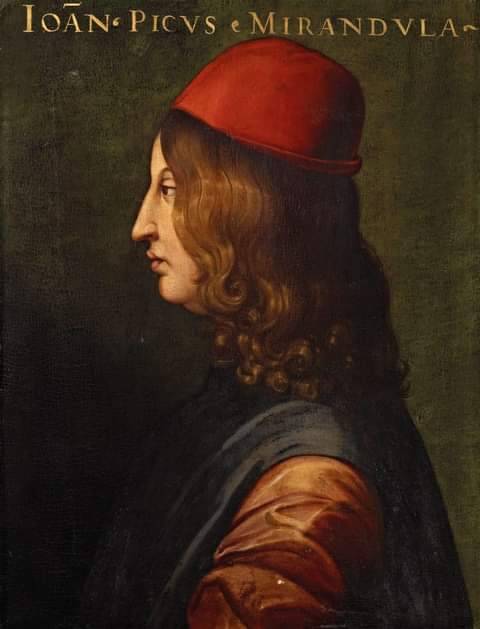
L'orazione “De hominis dignitate” - composta dal celebre studioso e filosofo Giovanni Pico della Mirandola, nato il 24 febbraio 1463 - può essere considerata uno dei “manifesti” dello spirito umanistico-rinascimentale: in essa, infatti, si individua nella libertà la caratteristica fondamentale dell'uomo, garantita dal non essere egli di una natura determinata, ma capace di darsi la natura che vuole, dal non aver limite né chiusura, dal suo essere aperto a tutto, capace di diventare tutto, fino ad ascendere con il suo intelletto al termine ultimo, alla congiunzione con Dio. Il pittore fiorentino Cristofano dell'Altissimo fece - nel corso del XVI secolo, per il duca Cosimo I de' Medici - una copia di almeno 280 dei ritratti della collezione comasca di Paolo Giovio, conosciuta come la "serie Giovio", composta in totale da 484 dipinti. La maggior parte di essi possono essere ammirati alla Galleria degli Uffizi di Firenze, come il ritratto di Pico della Mirandola, nell’immagine.
3 notes
·
View notes
Text
la vraie foi. Socaratica et la société humaine et l'Église radicale
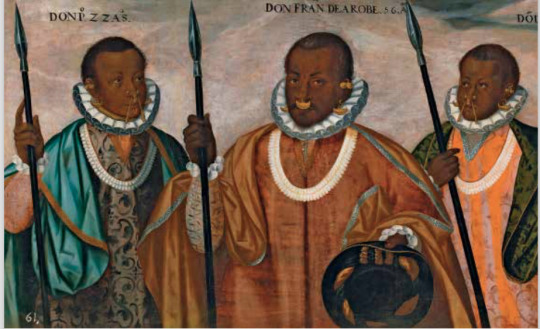
Thème : Thomas d'Aquin, le maître de l'ordre et « Machiavel incite à la xénophobie culturelle »
Thomo : la vraie foi. Socaratica et la société humaine et l'Église radicale
Liberté, Égalité, Fraternité.
Les premières questions sont : Cosimo de' Medici était un autre dirigeant européen qui a commandé des copies de la collection Giovio,55 y compris une peinture à l'huile sur panneau de Dawit par Cristofano dell'Altissimo de ca. 1552 maintenant dans l'Uzi . Ici, ni bras ni mains ne sont visibles, et par conséquent il n'y a ni croix ni mouchoir.
Plus déroutant est un deuxième portrait noir dans l'Uzi de la même série par Cristofano dell'Altissimo de « Alchitrof », les Pazzi et les médicis d'Afrique du Sud. les noms sont ceux des Pazzi et des Médicis connus, bien que le nom puisse être une forme corrompue de , le fils aîné de Shaka. l'acceptation par Piero de 'Medici des conditions fixées par Charles VIII pour épargner la ville, écrit que
ayant attiré nos forteresses sous le pouvoir du roi de France, tout le monde commençait à s'apercevoir que nous avions perdu notre liberté. Divers se plaignent de diverses manières : les principaux ont perdu l'état, les médiocres que sans leur faute et par l'erreur des autres la ville a été ruinée (P. Parenti, Storia fiorentina, édité par A. Matucci, 1er vol., 1994 , p. 115).
et que tous les espoirs à ce moment-là étaient placés en Savonarole, «très bon serviteur de Dieu, […] réputé prophète, avec ce si ouvertement tant de calamités que je prédis» Michèle, médecin non seulement des corps mais aussi des âmes des pauvres, le jeune Girolamo écrit deux chansons significativement intitulées De ruina mundi et De ruina ecclesiae (cf. Poesie, édité par M. Martelli, 1968, pp. 3-9), dans lesquelles il exprime tout son dégoût pour la société de l'époque: l 'individualisme arrogant et fier des grands, la convoitise et la soif de pouvoir des laïcs et du clergé, qui trahissent tous deux la tâche à laquelle ils sont appelés, à savoir la recherche et la réalisation du bien commun sur le d'une part et, d'autre part, la charité sans laquelle il n'y a pas de vraie foi. La société humaine et l'Église : deux mondes distincts mais non séparés, assez étroitement unis et conséquents l'un à l'autre. Vêtu de l'habit dominicain, Savonarole au couvent bolognais de San Domenico rencontre celui qui sera désormais son guide et son maître, Thomas d'Aquin, le maître de l'ordre, notamment en ce qui concerne la fidélité à la profondeur sensorielle d'un l'Écriture - qu'il connaît presque par cœur et qui parle au cœur et à l'esprit de tout homme désireux de l'écouter - et confiance dans la recta ratio qui nous permet de connaître la fin à laquelle nous sommes appelés et de préparer le concret moyens pour y arriver.
#Somalia#Seychelles#Rwanda#Réunion#Republic of the Congo#Nigeria#Niger#Namibia#Mauritius#Malawi#south africa#japan#china
0 notes
Photo
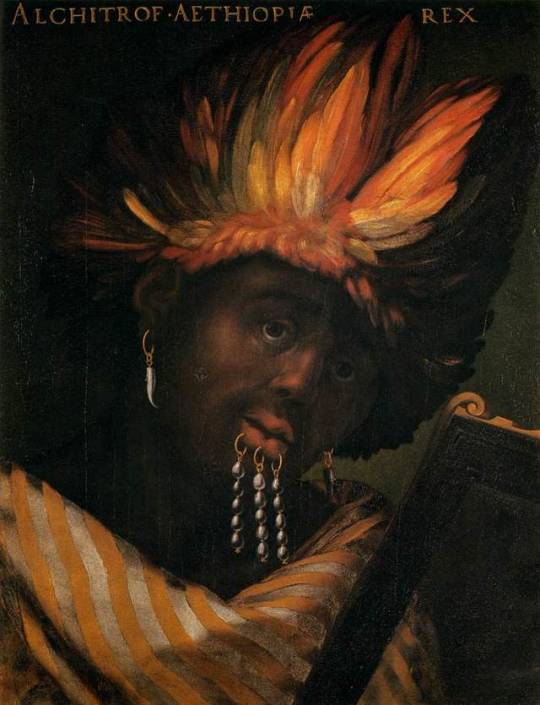
Cristofano dell'ALTISSIMO - Emperor of Ethiopia, 1568, Oil on wood, Galleria degli Uffizi, Florence
2 notes
·
View notes
Text
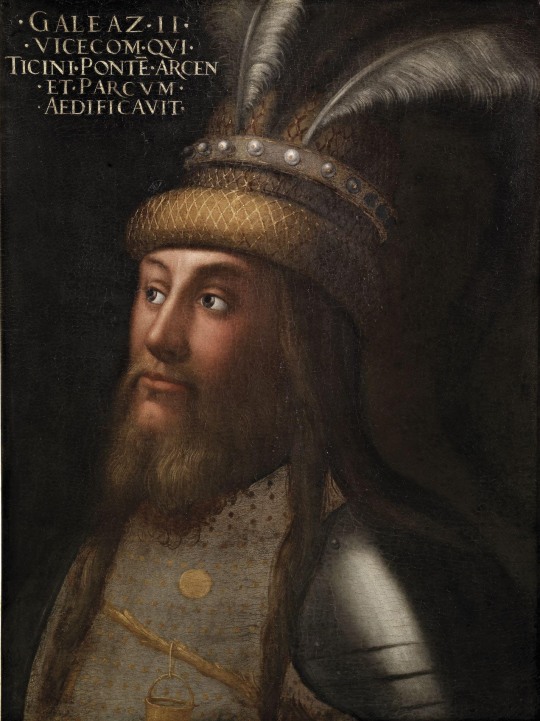
Galeazzo II Visconti (1320-1378)
* A 16th-century painting by Cristofano dell'Altissimo
* co-ruler of Milan together with brothers
* Lord of Pavia 1359-1378.
* Like his brother Bernabò, Galeazzo waged many wars Papal States being the principal enemy. In 1359 Duchy of Milan managered to conquer Pavia after which Galeazzo moved his court there. He also began to build a large castle in this city, which became the main residence of the Visconti family.
* He was also a Patron of Science and Arts. The University of Pavia was established in 1361 by Galeazzo and many important scholars and artists were entertained in his court. Among them were for example Geoffrey Chaucer and Petrarch.
source: Cristofano dell'Altissimo, Public domain, via Wikimedia Commons
14 notes
·
View notes
Photo
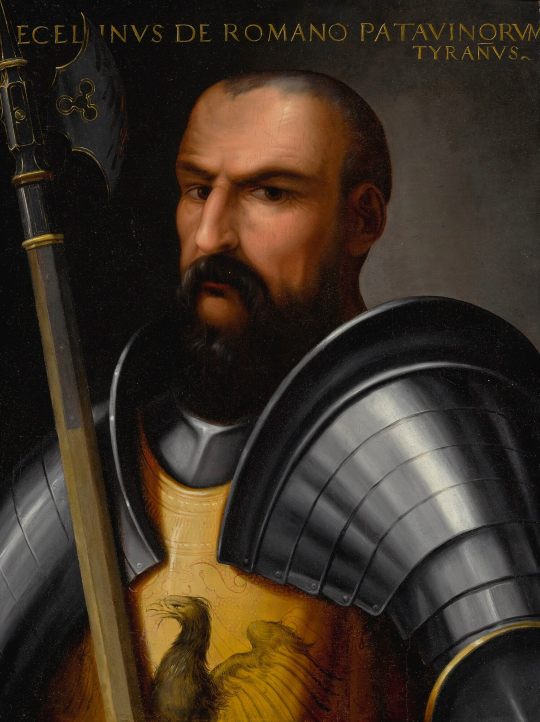
Portrait of Ezzelino III da Romano (1194-1259) by Cristofano dell'Altissimo.
He was an Italian feudal lord, a member of the Ezzelino family, in the March of Treviso (in modern Veneto). He was a close ally of the emperor Frederick II, and ruled Verona, Vicenza and Padua for almost two decades. He became infamous as a cruel tyrant, and was, in fact, the most "notorious" of the "early tyrants". He married one of Frederick II's illegitimate daughters, Selvaggia (1221-1244).
#Cristofano dell'Altissimo#italian aristocracy#kingdom of italy#Podestà#Podestà of Verona#Guelphs and Ghibellines
9 notes
·
View notes
Photo
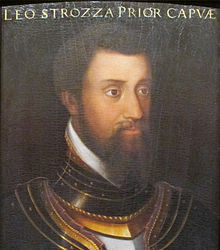
Cristofano dell'altissimo, Leone Strozzi, 1587
6 notes
·
View notes
Photo
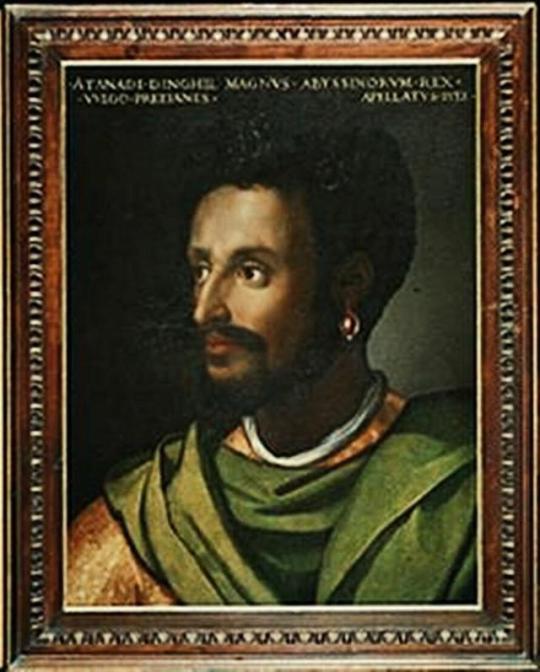
1 note
·
View note
Text
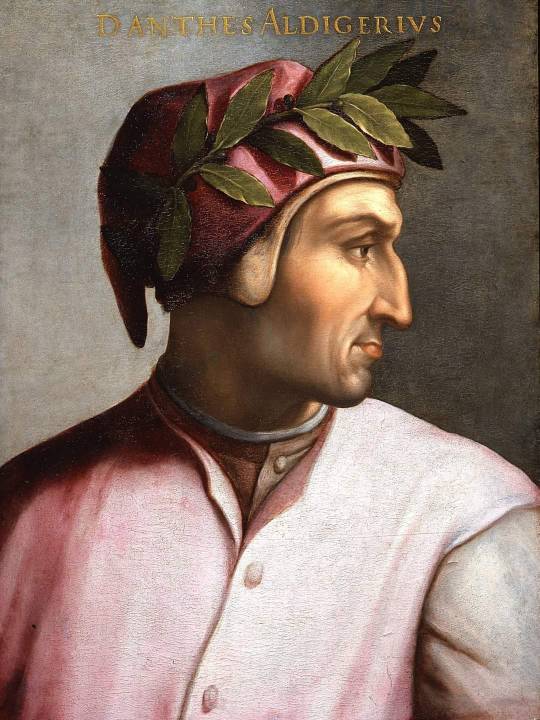
"E quindi uscimmo a riveder le stelle"
(Inferno XXXIV, 139).
Il verso che chiude l’Inferno di Dante è il mio augurio per il 2021, l'anno che celebra i 700 anni dalla morte del Sommo Poeta.
*
Cristofano dell'Altissimo, Ritratto di Dante Alighieri, 1552 - 1568, Uffizi
22 notes
·
View notes
Photo
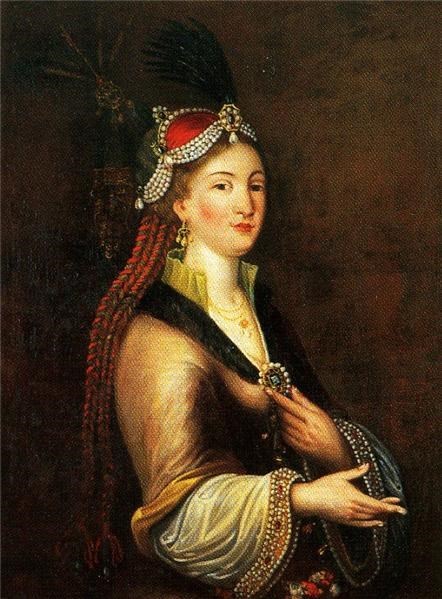
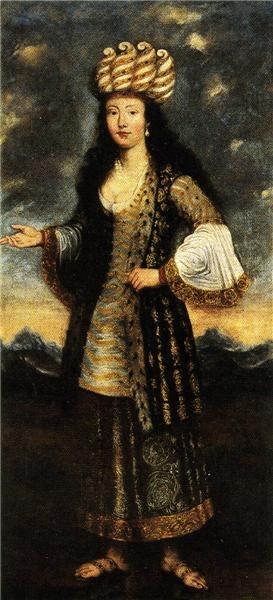

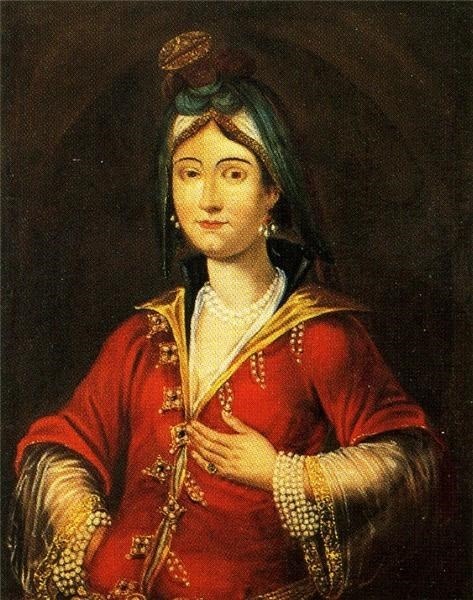
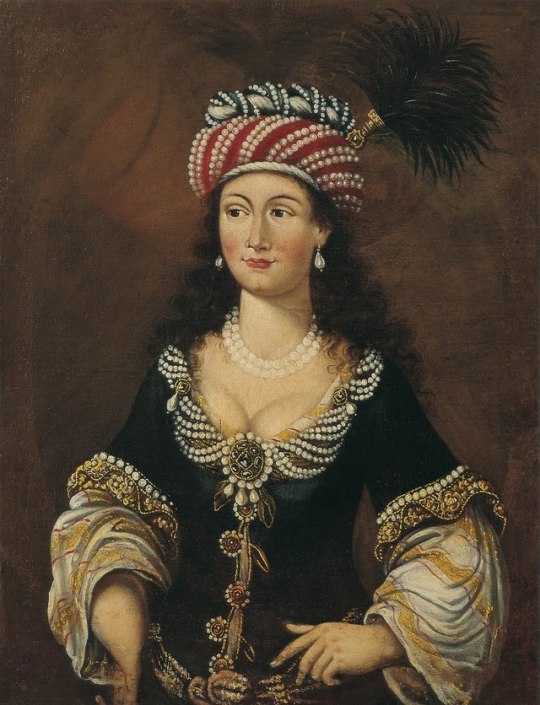


Women of the Ottoman Empire
5. Ottoman woman, Styrian painter, about 1682
6. Portrait of Mihrimah, Daughter of Sultan Suleiman the Magnificent by Cristofano dell'Altissimo, 16th century
7. Turkish dancer
#fashion#ottoman fashion#ottoman empire#turkey#turkish fashion#renaissance fashion#renaissance#headdress#hats#dance costumes
274 notes
·
View notes
Photo

Before the United States elected a biracial President there were other prominent people of mixed African and European ancestry. Italian Alessandro de' Medici (1510-1537) ruled Florence as its first Duke. The illegitimate son of Cardinal Giulio de' Medici and an African slave, he was called il Moro, the Moor. Alessandro had two children Giulio and Giulia with his mistress Taddea Malespina and through them the majority of the Italian noble houses are descended. There are many portraits of the Duke including Cristofano dell'Altissimo's (1525–1605) painting from the Giovio Series.
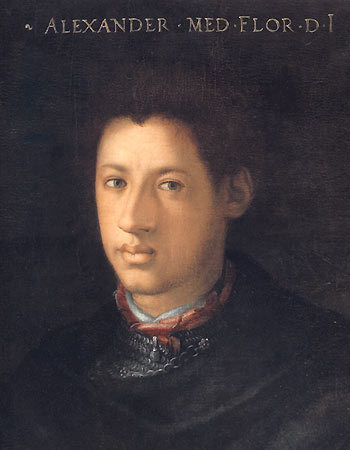
Chevalier Joseph Boulogne de Saint-Georges (1745-1799) was born in Guadeloupe to an African slave and a wealthy French plantation owner. His father took Boulogne to France where he would become an important violinist, composer, fencing master and equestrian. Known as The Black Mozart, his image was captured by American portrait painter, Mather Brown (1761–1831) and engraved by English printer William Ward (1769–1823).
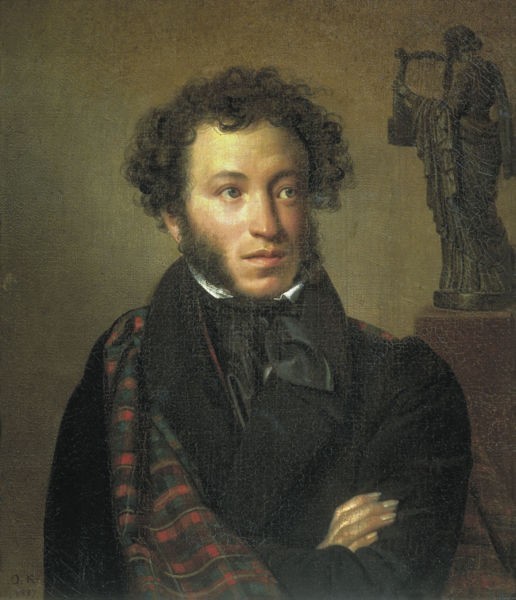
The great Russian Romantic author, Alexander Pushkin (1799-1837) was the son of a father descended from Russian nobility and a mother of aristocratic German, Swedish and African ancestry. Orest Adamovich Kiprensky (1782-1836) the leading Romantic portrait painter portrayed the founder of modern Russian literature ten years before he would die from wounds received in a duel.
#biracials in history#biracials#mixed people#mixeduprepresentation#mixed#biracialawareness#black history#mixed race history
3 notes
·
View notes
Text
kythereix reblogged your post and added:
None of y’all have ever seen a portrait of Cesare...
lmao, I’m actually well familiar with Cesare portraits, or better saying his alleged portraits since out of all the portraits attributed to him, only one of them can have their verifiability certain to some degree and it’s the famous profile one, however, we know there are many copies of it, starting by the one that sits today at the Palazzo Venezia in Rome, and then another one called ritratto di Cesare Borgia detto il Valentino ( 1552/ 1605) by Dell'Altissimo Cristofano, that sits at the Galleria degli Uffizi in Firenze, going as far back as the illustration of Paolo Giovio (1577) in one of his works about the Italian Wars, which some biographers tend to believe to be the original copy, but who knows?
All that being said though, I’m pretty sure there is this concept called personal taste? and I’m not obliged to love every casting made for Cesare, nor to find all the actors that play him attractive enough or attractive at all for that matter. I know plenty of people who weren’t happy about the casting for Lorenzo de’Medici in I Medici for example, or the casting for Mary of Scots in Mary Queen of Scots (2018) and so on, and others who did liked it and that is perfectly ok. Again, it’s called personal taste.
5 notes
·
View notes
Photo
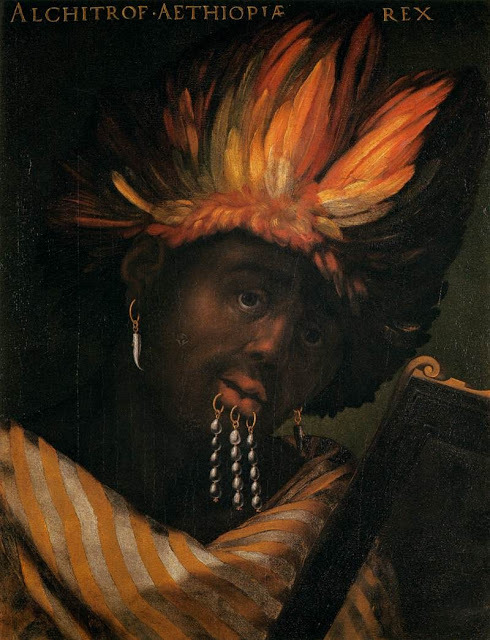
Portrait of Alchitrof, Emperor of Ethiopia by Cristofano dell'Altissimo, 1568.
36 notes
·
View notes